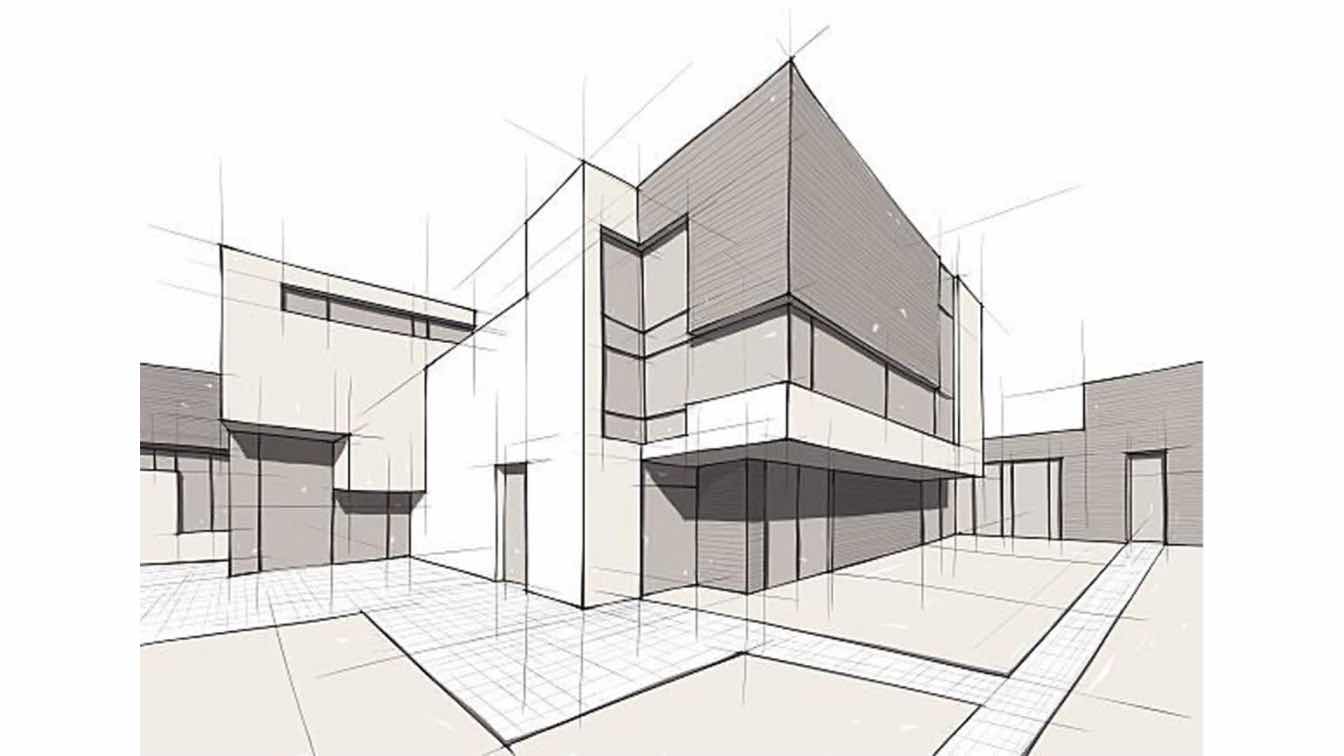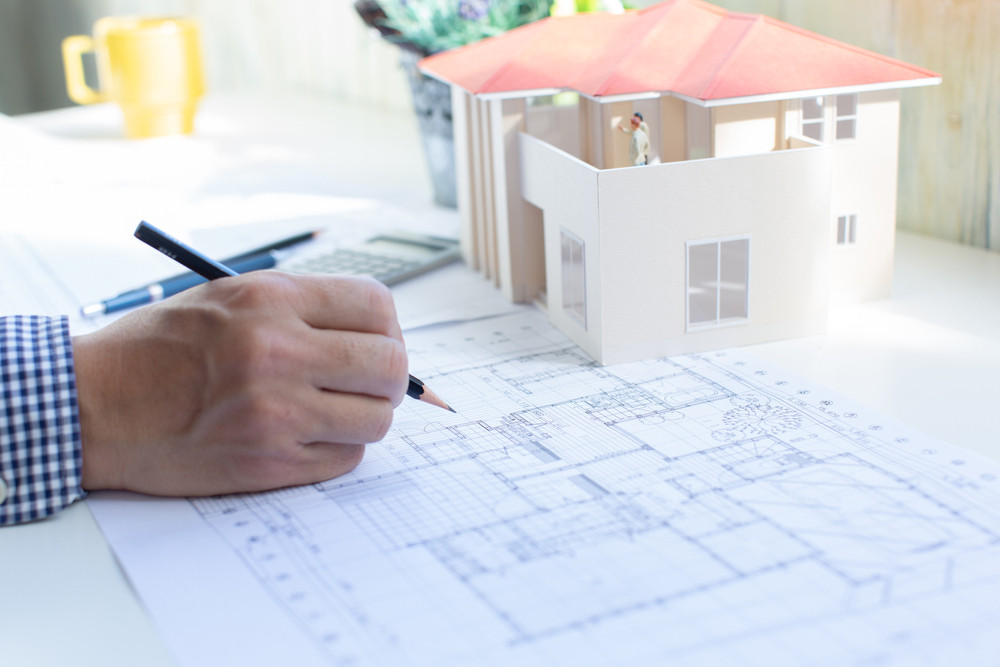How CDA Architects Integrate Imagination and Performance in Modern Style
How CDA Architects Integrate Imagination and Performance in Modern Style
Blog Article
The Effect of Technical Developments on the Style Practices of Contemporary Architects
The fast evolution of technical devices has significantly improved the style landscape for contemporary engineers, promoting unprecedented degrees of advancement and sustainability. The integration of Structure Info Modeling (BIM), parametric design, and expert system has not only structured collaboration amongst diverse groups however also redefined job execution. Nonetheless, as designers welcome these improvements, they are confronted with intricate challenges that can affect their imaginative processes. Exploring these dynamics discloses a nuanced interplay in between technology and typical style techniques, triggering a more detailed evaluation of what the future holds for building practices.
Evolution of Architectural Devices
Exactly how have building devices changed the layout and building procedures over the centuries? The evolution of architectural tools has significantly influenced the performance, precision, and imagination of design and building and construction.
With the arrival of the Renaissance, the introduction of the compass and the protractor marked a pivotal shift. These devices enabled designers to achieve higher accuracy in their layouts, assisting in the development of more detailed and proportional buildings. The Industrial Revolution better reinvented architectural technique with the intro of mechanized devices and materials, permitting for bigger and more enthusiastic jobs.
In the 20th century, the development of computer-aided style (CAD) software program transformed the landscape once again, supplying architects with extraordinary abilities in modeling and visualization. Today, progressed tools such as Structure Info Modeling (BIM) and parametric layout software application proceed to push the borders of architectural technology, allowing an extra integrated strategy to style and construction processes.
Boosted Partnership in Design
As innovation remains to develop, boosted collaboration in layout has ended up being a cornerstone of contemporary building practice. The combination of electronic tools such as Structure Information Modeling (BIM), cloud-based systems, and advanced visualization software application has actually transformed the method engineers, engineers, and stakeholders engage throughout the layout process. These tools assist in real-time communication, enabling groups to share ideas, modifications, and comments instantaneously, regardless of geographical area.

Additionally, interdisciplinary cooperation has actually been structured with these technological developments, enabling engineers to work much more closely with various other specialists, such as metropolitan planners and ecological professionals. The result is a more natural technique to develop that considers numerous point of views and competence. Eventually, boosted cooperation in style is not merely a pattern; it is essential for developing innovative, useful, and visually pleasing architecture in a significantly complicated globe.
Sustainability Through Innovation
Sustainability in style has progressively come to be intertwined with technological advancement, driving the industry toward ecologically liable practices - cda architects. Contemporary architects are leveraging sophisticated modern technologies to reduce environmental influence while boosting the performance of buildings. One famous instance is using Structure Details Modeling (BIM), which enables for accurate planning and source appropriation, reducing waste during building and promoting energy effectiveness throughout a structure's lifecycle
In addition, clever products and energy-efficient systems are being incorporated right into layouts to optimize resource use. Technologies such as solar batteries and green roof harness renewable energy sources, contributing to decreased carbon footprints. Additionally, look at this web-site the application of expert system in design processes enables architects to simulate and analyze energy consumption, guiding choices towards even more sustainable results.
The combination of sustainable technologies not just straightens with international ecological goals however also meets an increasing need from customers for green remedies. As engineers accept these developments, the focus changes in the direction of producing areas that are not only cosmetically read what he said pleasing yet likewise functionally sustainable, thereby redefining the standards of modern style. This way, innovation functions as a stimulant for sustainability, allowing architects to design structures that respect and boost the natural environment.
Difficulties in Implementation
While technological innovations in design hold fantastic assurance for improving sustainability, their implementation commonly experiences substantial difficulties - cda architects. One key challenge is the high knowing contour related to brand-new technologies. Engineers and construction specialists may need extensive training to successfully utilize sophisticated software program and tools, which can delay project timelines and boost prices
Furthermore, the assimilation of emerging innovations, such as Structure Information Modeling (BIM) and sustainable products, often requires cooperation throughout multidisciplinary teams. This partnership can be prevented by differences in expertise, workflows, and interaction styles, resulting in potential conflicts and ineffectiveness.
Financial constraints further complicate the adoption of ingenious technologies. Lots of building companies, particularly smaller ones, may lack the sources to buy cutting-edge tools, limiting their ability to compete more with larger companies that can afford such investments.
Furthermore, regulative frameworks and building ordinance may not keep speed with technological improvements, developing obscurity and possible conformity problems. This difficulty can prevent designers from completely accepting new innovations, as the danger of non-compliance may outweigh the benefits. Addressing these execution obstacles is critical for the effective combination of technological developments in contemporary building techniques.
Future Patterns in Design
The challenges associated with the execution of brand-new innovations in architecture have prompted a reevaluation of future trends within the sector. As engineers browse concerns such as sustainability, urbanization, and social equity, they are progressively embracing ingenious innovations to improve layout performance and environmental performance.
One prominent trend is the integration of expert system (AI) in the style procedure. AI tools can analyze vast datasets to notify design choices, improving both creativity and capability. Building Details Modeling (BIM) continues to progress, making it possible for real-time partnership amongst stakeholders and facilitating structured task management.
Sustainable layout practices are likewise obtaining momentum, with architects concentrating on flexible reuse and regenerative design principles that lessen source consumption and waste. The consolidation of clever products and renewable energy resources will certainly further enhance the durability of structures despite climate change.

Final Thought
Technical improvements have dramatically reshaped building design techniques, assisting in boosted precision, cooperation, and sustainability. The integration of devices such as Building Info Modeling and parametric design software application, along with man-made knowledge and wise products, encourages designers to resolve complex difficulties extra efficiently.
Report this page